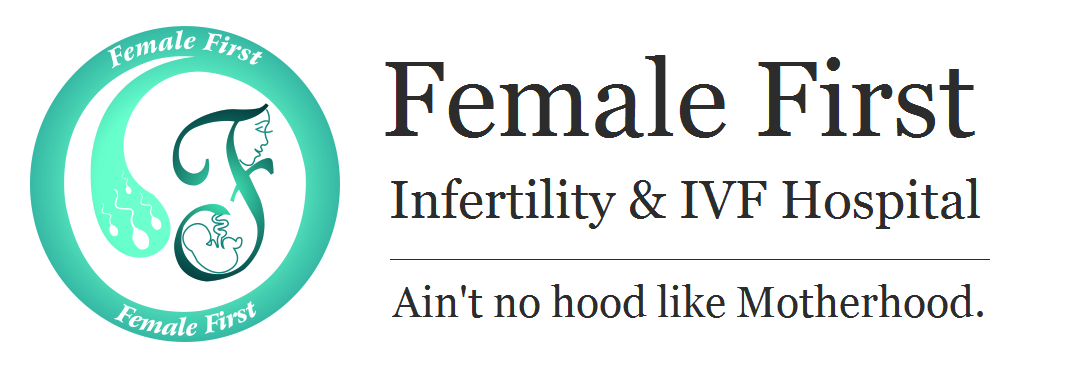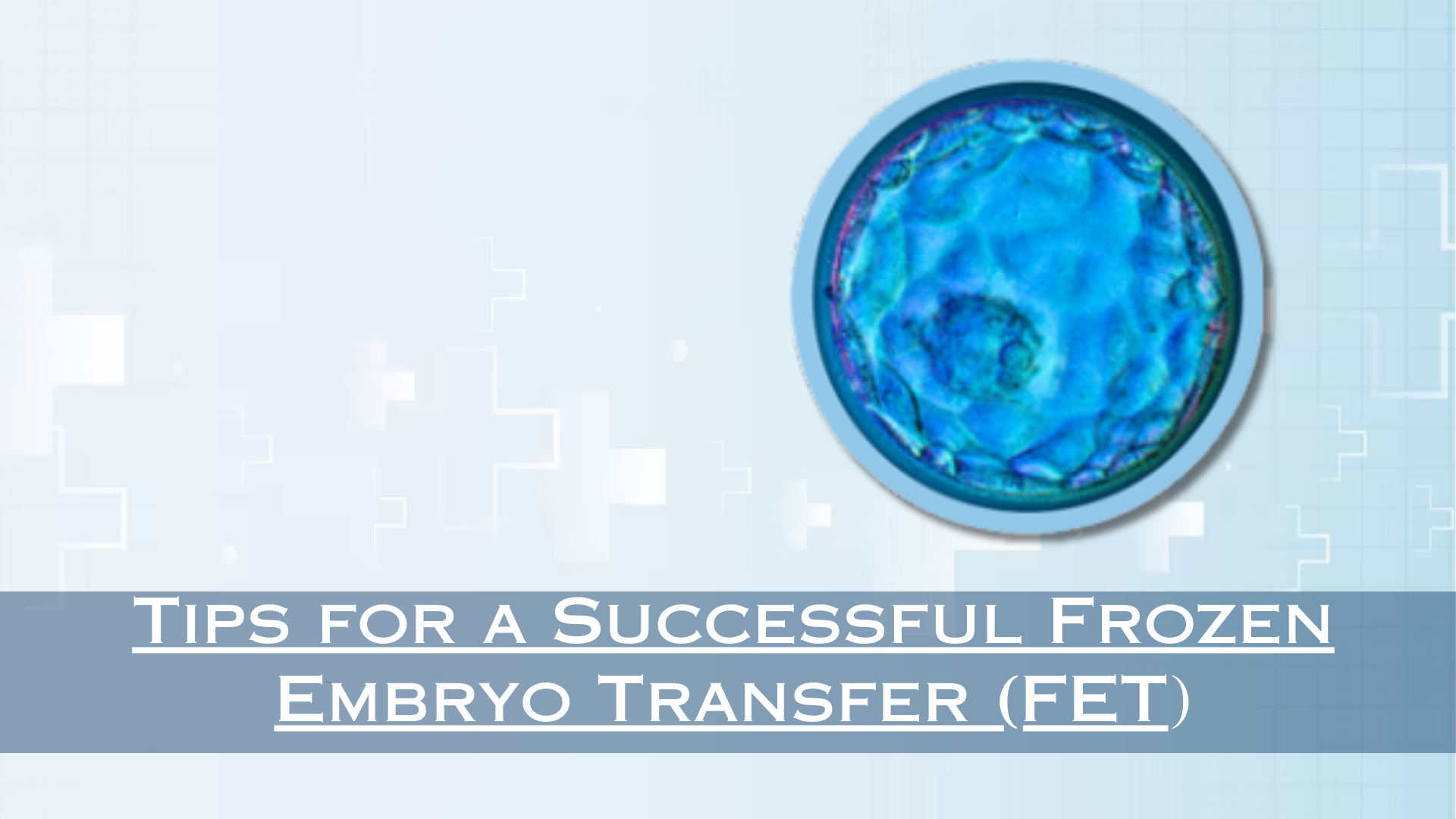A frozen embryo transfer (FET) is a vital component of the in vitro fertilization (IVF) process, offering hope and an additional chance for couples undergoing fertility treatment. The FET procedure involves transferring previously frozen embryos into the woman’s uterus during a carefully timed cycle. While FET has a high success rate, certain factors can influence its outcome. In this blog, we will explore valuable tips to enhance the chances of a successful frozen embryo transfer.
1. Prioritize Pre-Transfer Preparation
Before initiating the FET cycle, it is essential to ensure that the uterine lining is receptive to the embryo implantation. The fertility specialist will conduct various tests, including a hysteroscopy or a saline sonogram, to assess the uterine cavity and make any necessary corrections. Taking the time to optimize the uterine environment can significantly impact the success of the FET procedure.
2. Maintain a Healthy Lifestyle
A well-balanced diet, regular exercise, and stress management are crucial aspects of preparing for a successful FET. A healthy lifestyle can positively influence reproductive health and create an optimal environment for embryo implantation. Avoid smoking, excessive alcohol consumption, and high caffeine intake, as they may negatively affect fertility and the success of the FET cycle.
3. Stay Compliant with Medications
During the FET cycle, your fertility specialist will prescribe medications to support the uterine lining’s preparation and maintain hormonal balance. It is essential to follow the medication regimen diligently and attend all scheduled appointments for monitoring and adjustments. Compliance with medications ensures that your body is ready for the embryo transfer at the right time.
4. Consider Preimplantation Genetic Testing (PGT)
For couples with a history of genetic conditions or recurrent pregnancy loss, preimplantation genetic testing (PGT) can be beneficial. PGT allows the embryologists to screen the embryos for genetic abnormalities before transfer, increasing the likelihood of a successful pregnancy and reducing the risk of certain genetic disorders.
5. Address Immunological Factors
In some cases, immunological factors might play a role in recurrent implantation failure or pregnancy loss. Consulting with a reproductive immunologist can help identify any underlying immunological issues and implement appropriate treatments to improve the chances of a successful FET.
6. Opt for Comprehensive Chromosomal Screening
Comprehensive Chromosomal Screening (CCS) is another option to consider before FET. It involves examining the embryos for chromosomal abnormalities, enhancing the selection of genetically normal embryos for transfer, and potentially improving the overall success rates.
7. Be Mindful of Timing
The timing of the embryo transfer is critical. The fertility specialist will carefully determine the ideal time for transfer based on the embryo’s development and the woman’s natural or artificially controlled menstrual cycle. Precise timing increases the chances of successful implantation and reduces the risk of complications.
8. Maintain a Positive Mindset
While undergoing fertility treatment, it’s essential to maintain a positive and optimistic outlook. The emotional aspect of the journey is equally significant as the medical one. Surround yourself with supportive friends and family, consider joining a fertility support group, and explore stress-reducing activities like yoga, meditation, or counselling.
9. Stay Informed and Communicate
Keep yourself informed about the FET process and openly communicate with your fertility team. Ask questions, express concerns, and ensure you have a clear understanding of each step. A strong partnership with your medical team can lead to better outcomes and a more comfortable experience.


Add Your Comment